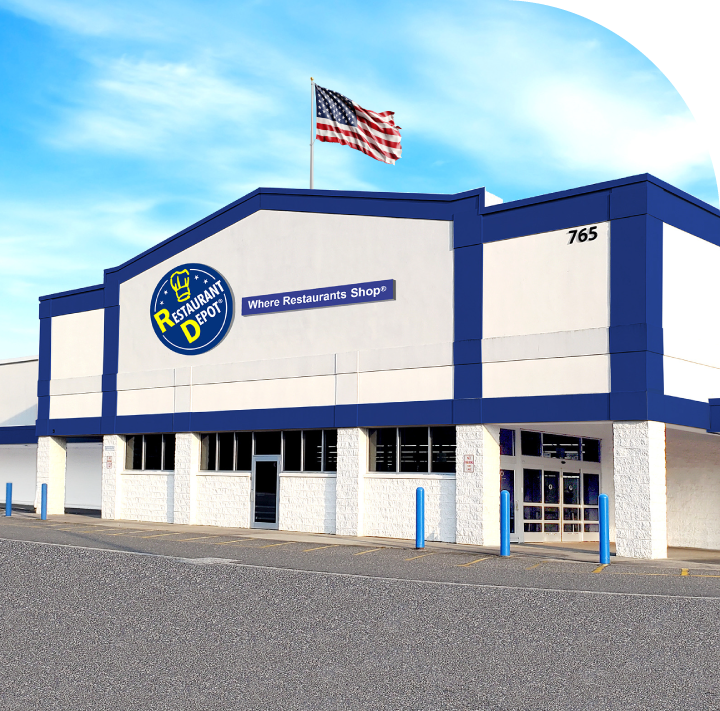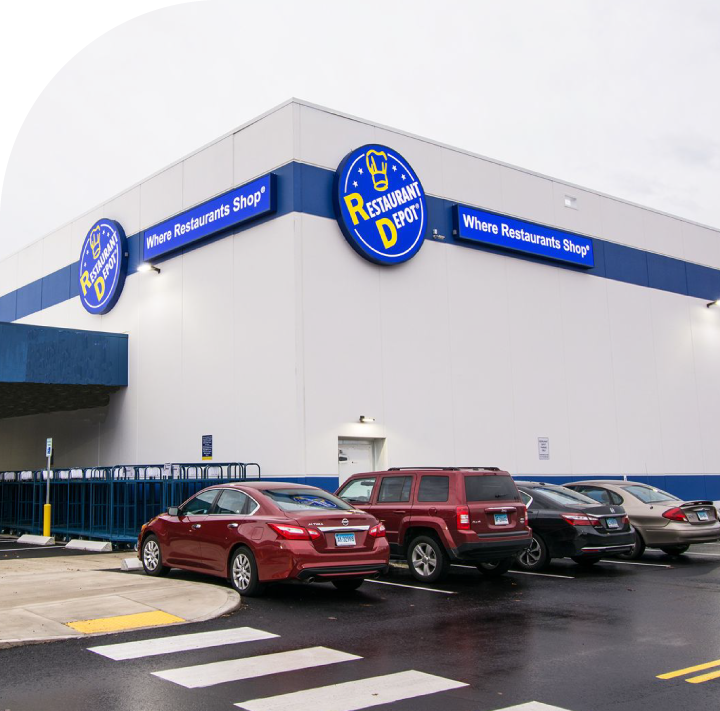Introduction
Restaurant Depot is a prime choice for independent restaurants, caterers, and small businesses. It offers fresh produce, meat, seafood, and kitchen supplies in bulk at competitive prices. Extract the Complete List of Restaurant Depot Stores in the USA to understand the distribution and growing demand for wholesale suppliers. With a huge presence nationwide, these stores help businesses cut costs while maintaining quality.
Restaurant Depot Store Locations Data Scraping in the USA enables businesses to efficiently track store availability, regional distribution, and product offerings. This data supports strategic decision-making in the supply chain of suppliers and food service providers. In addition, Food Delivery Data Scraping Services help analyze wholesale purchasing trends, leading to better inventory management and pricing strategies.
As more businesses rely on bulk purchasing, it is essential to understand Restaurant Depot's store locations and data trends to optimize operations and enhance supply chain efficiency.
Methodology for Extracting the List
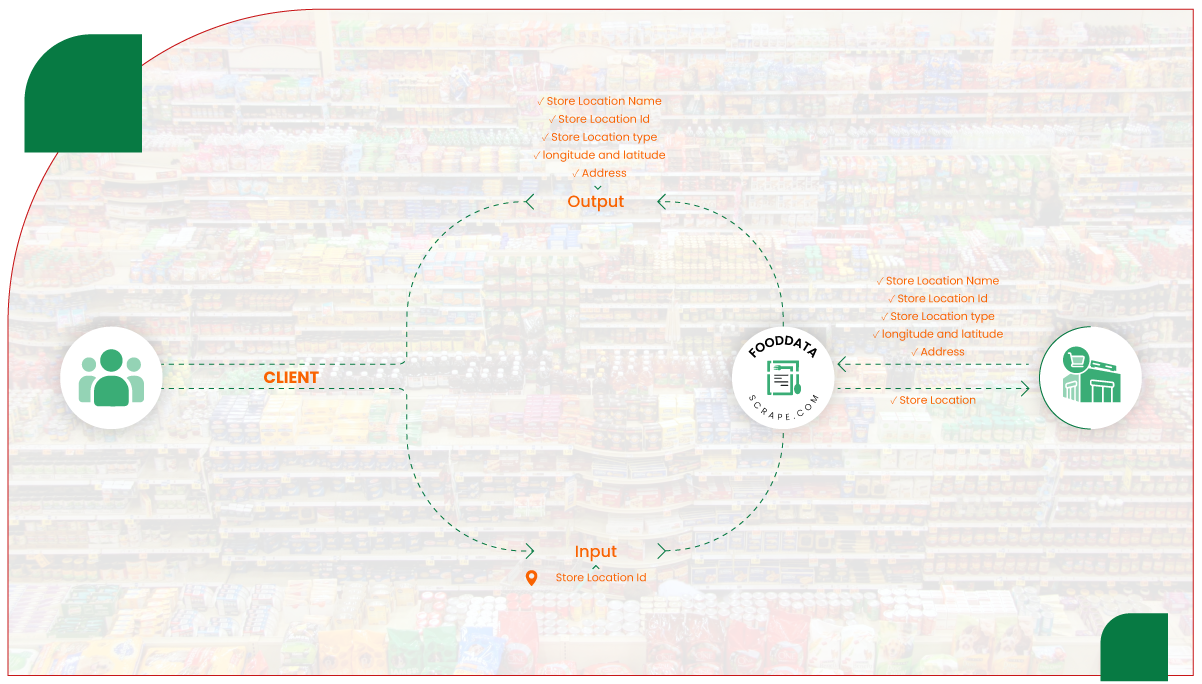
Web Scraping Restaurant Depot Locations Data in the USA requires a structured approach to ensure accuracy and completeness. The process begins with Web Scraping Food Delivery Data from official websites, directories, and Google Maps to gather store location details. Additionally, API integration is crucial in streamlining data collection by leveraging third-party mapping and business listing APIs. The collected information is cross-referenced with public business databases to enhance reliability, ensuring consistency and accuracy. Finally, manual validation is conducted to verify store locations and eliminate discrepancies. Businesses looking to Extract Restaurant Depot Store Data Across the US can utilize this method to analyze store distribution, plan logistics, and optimize bulk purchasing strategies. Companies can gain valuable insights into Restaurant Depot's store network by employing data scraping techniques, enabling efficient decision-making and improved supply chain management. This comprehensive approach ensures up-to-date and precise store location data for industry professionals.
List of Restaurant Depot Stores in the USA
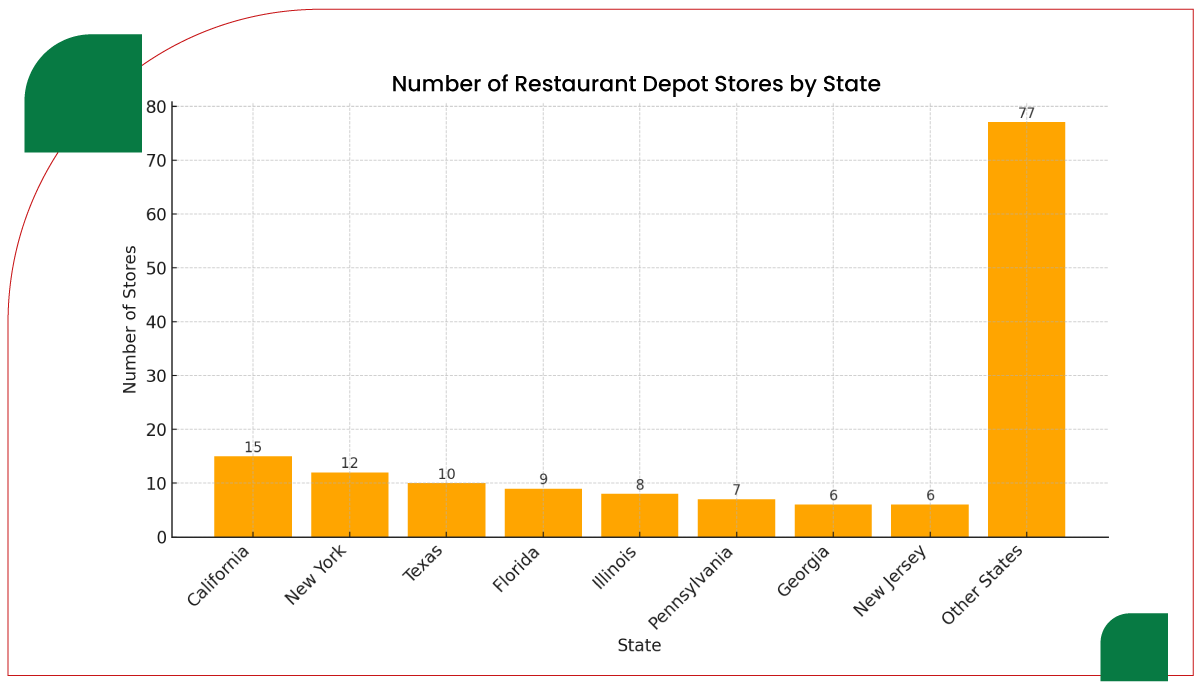
As of 2024, Restaurant Depot operates over 150 locations across various states. Below is a categorized distribution of these stores, providing insights into their nationwide presence. Businesses looking to analyze store availability and expansion trends can benefit from Restaurant Depot Store Locator Data Scraping, which helps track real-time store locations, inventory details, and regional coverage.
Table 1: State-wise Distribution of Restaurant Depot Stores
| State |
Number of Stores |
| California |
15 |
| New York |
12 |
| Texas |
10 |
| Florida |
9 |
| Illinois |
8 |
| Pennsylvania |
7 |
| Georgia |
6 |
| New Jersey |
6 |
| Other States |
77 |
| Total |
150+ |
The highest concentration of stores is found in densely populated states such as California and New York, reflecting the high number of independent food businesses in these areas.
Geographic Analysis of Store Locations
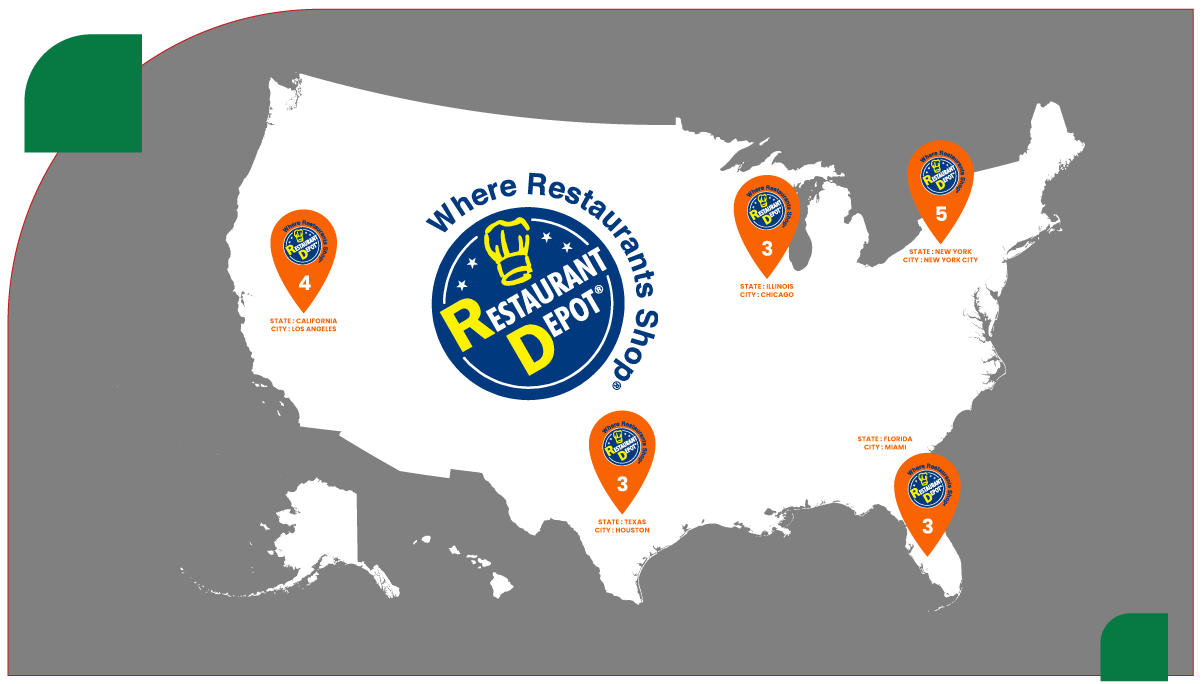
To better understand the distribution, we analyze key location factors:
- Urban Centers: Most stores are located near large metropolitan areas where independent restaurants and caterers are concentrated.
- Transportation Hubs: Proximity to major highways and logistics centers enables efficient supply chain management.
- Demographic Influence: High-density immigrant populations drive demand for specialized food supplies, influencing store locations.
Table 2: Major Cities with Multiple Restaurant Depot Stores
| City |
State |
Number of Stores |
| New York City |
New York |
5 |
| Los Angeles |
California |
4 |
| Chicago |
Illinois |
3 |
| Miami |
Florida |
3 |
| Houston |
Texas |
3 |
Reasons for Rising Demand for Restaurant Depot Stores
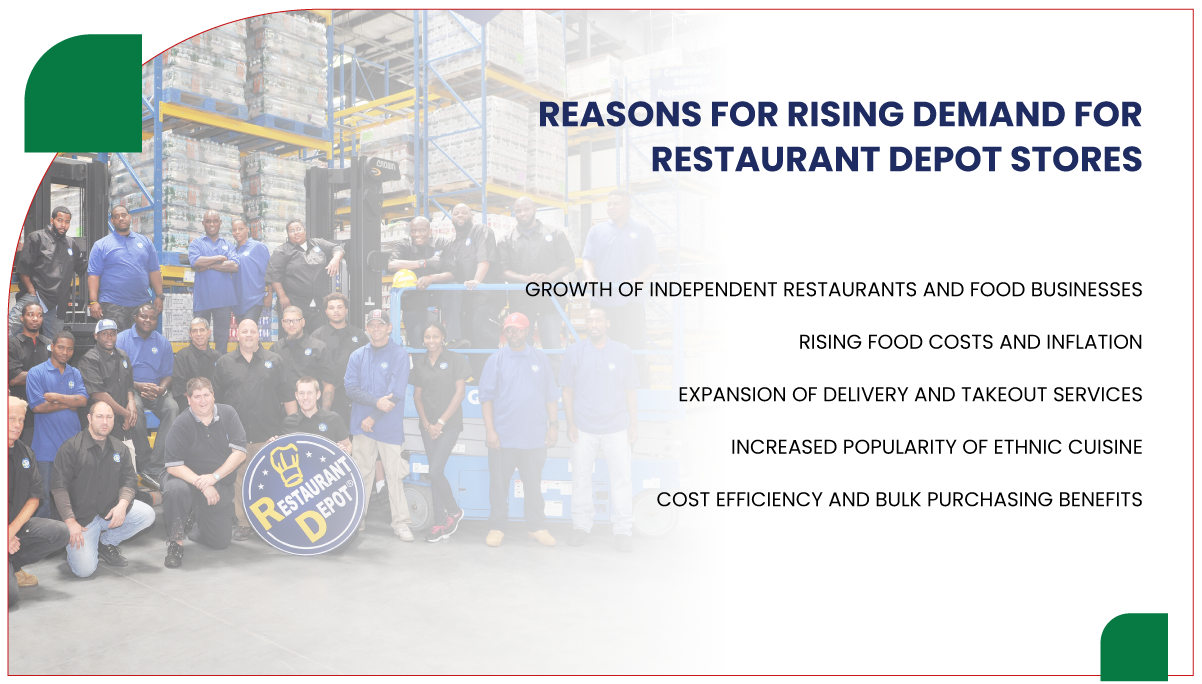
Several key factors contribute to the increasing demand for Restaurant Depot stores across the USA:
Growth of Independent Restaurants and Food Businesses
The number of independent restaurants, food trucks, and catering services is rising, creating a strong demand for cost-effective bulk purchasing.
Rising Food Costs and Inflation
With inflation affecting food prices, restaurant owners seek wholesale suppliers like Restaurant Depot to manage costs and maintain profitability.
Expansion of Delivery and Takeout Services
The post-pandemic era has seen takeout and delivery services surge, requiring restaurants to stock up on bulk supplies more frequently.
Increased Popularity of Ethnic Cuisine
The growing demand for ethnic foods, such as Asian and Mediterranean cuisine, has led to higher reliance on specialized wholesale suppliers.
Cost Efficiency and Bulk Purchasing Benefits
Purchasing in bulk from Restaurant Depot helps restaurants reduce per-unit costs, making it an attractive option compared to traditional supermarket purchases.
Comparison with Other Wholesale Suppliers
To understand Restaurant Depot's growing demand, we compare it with other wholesale food suppliers.
Table 3: Comparison of Restaurant Depot with Other Wholesale Suppliers
| Feature |
Restaurant Depot |
Costco Wholesale |
Sam’s Club |
US Foods |
| Membership Required |
Yes |
Yes |
Yes |
No |
| Focus on Restaurants |
Yes |
No |
No |
Yes |
| Bulk Purchasing Options |
Yes |
Yes |
Yes |
Yes |
| Delivery Services |
Limited |
Yes |
Yes |
Yes |
| Specialty Ingredients |
Extensive |
Moderate |
Moderate |
High |
While competitors like Costco and Sam’s Club also offer bulk food items, Restaurant Depot remains unique in its focus on restaurant-specific supplies and cost-efficient purchasing options.
Challenges and Future Opportunities
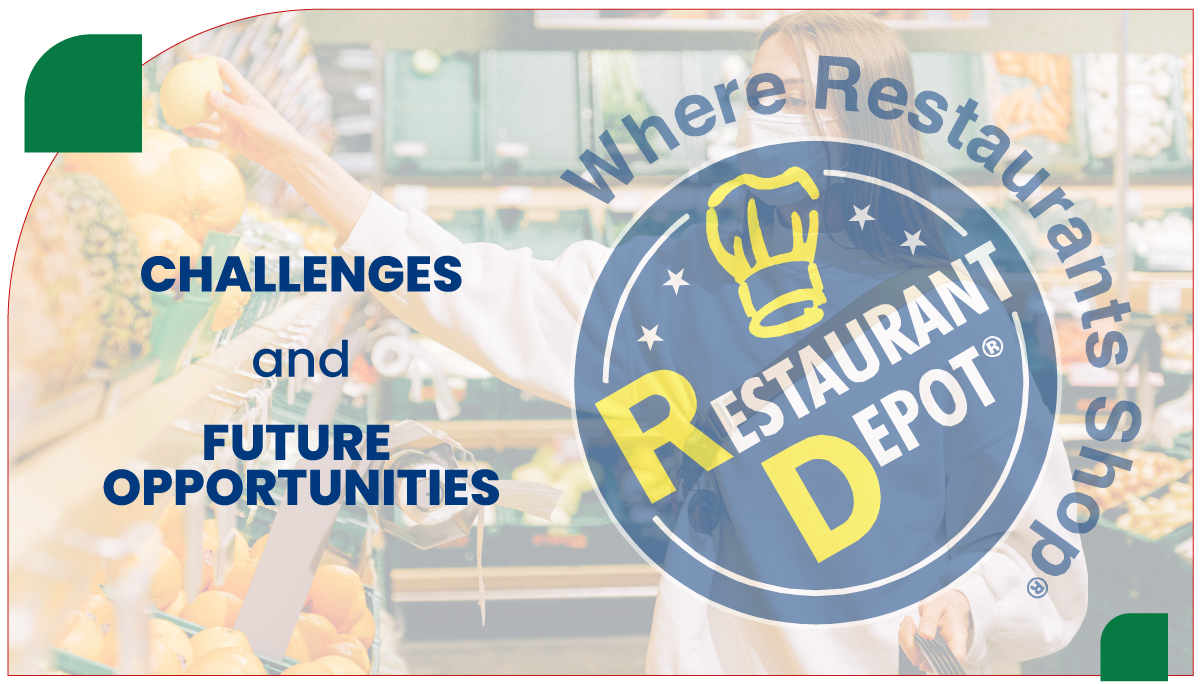
Challenges:
Despite its strong presence in the wholesale food supply industry, Restaurant Depot faces particular challenges that impact its accessibility and growth.
One key limitation is membership restrictions, as only business owners with valid licenses can shop at Restaurant Depot. This exclusivity prevents general consumers from accessing wholesale pricing and bulk purchasing advantages. Businesses looking to scrape data from all Restaurant Depot stores in the US can analyze store distribution and customer eligibility criteria to assess market reach.
Another challenge is limited online presence. Unlike competitors, Restaurant Depot has a less developed online ordering system, restricting convenience for business owners who prefer digital purchases. Companies aiming to extract Restaurant Depot locations across the United States can evaluate online service availability and regional disparities.
Additionally, geographic limitations remain a concern. Some states have fewer store locations, reducing accessibility for businesses in remote areas. Leveraging a food price dashboard can help wholesalers track pricing trends and manage inventory effectively despite location constraints.
Future Opportunities:
Expanding Restaurant Depot’s reach requires a strategic approach to online services, store expansion, and partnerships. Enhancing e-commerce capabilities, including online ordering and delivery services, can significantly improve accessibility and attract more customers. Scraping the Full List of Restaurant Depot Stores in the USA allows businesses to analyze store distribution and identify potential markets for growth. Opening new store locations in underserved areas can strengthen its presence and meet the increasing demand for bulk purchasing. Restaurant Depot Store Data Scraping Services help businesses track store performance and inventory trends. Partnerships with restaurant delivery services create an integrated supply chain, improving efficiency. Leveraging Food Delivery Intelligence Services can further optimize logistics and cost management. Utilizing Restaurant Data Intelligence Services enables businesses to monitor market trends, manage inventory, and make data-driven decisions for sustainable growth.
Growth Strategies for Restaurant Depot:
1. E-commerce Expansion – Improve online ordering and delivery services.
2. New Store Openings – Expand into underserved regions.
3. Strategic Partnerships – Collaborate with restaurant delivery platforms.
4. Data-Driven Insights – Utilize analytics for pricing and inventory optimization.
Conclusion
Restaurant Depot remains a top wholesale supplier for independent restaurants, operating over 150 locations across the USA. The growing demand for bulk purchasing, cost-saving strategies, and the rise of independent food businesses continue to drive its expansion. Businesses looking to Scrape Restaurant Depot Outlets Information in the USA can gain insights into store locations, inventory, and pricing trends. Restaurant Menu Data Scraping also helps analyze product offerings and pricing strategies for competitive advantages. Leveraging Food Delivery Scraping API Services, companies can track wholesale food supply trends, optimize logistics, and enhance purchasing strategies. As Restaurant Depot expands its digital presence and store network, data-driven insights will be crucial for businesses relying on wholesale food suppliers.
If you are seeking for a reliable data scraping services, Food Data Scrape is at your service. We hold prominence in Food Data Aggregator and Mobile Restaurant App Scraping with impeccable data analysis for strategic decision-making.

















































































